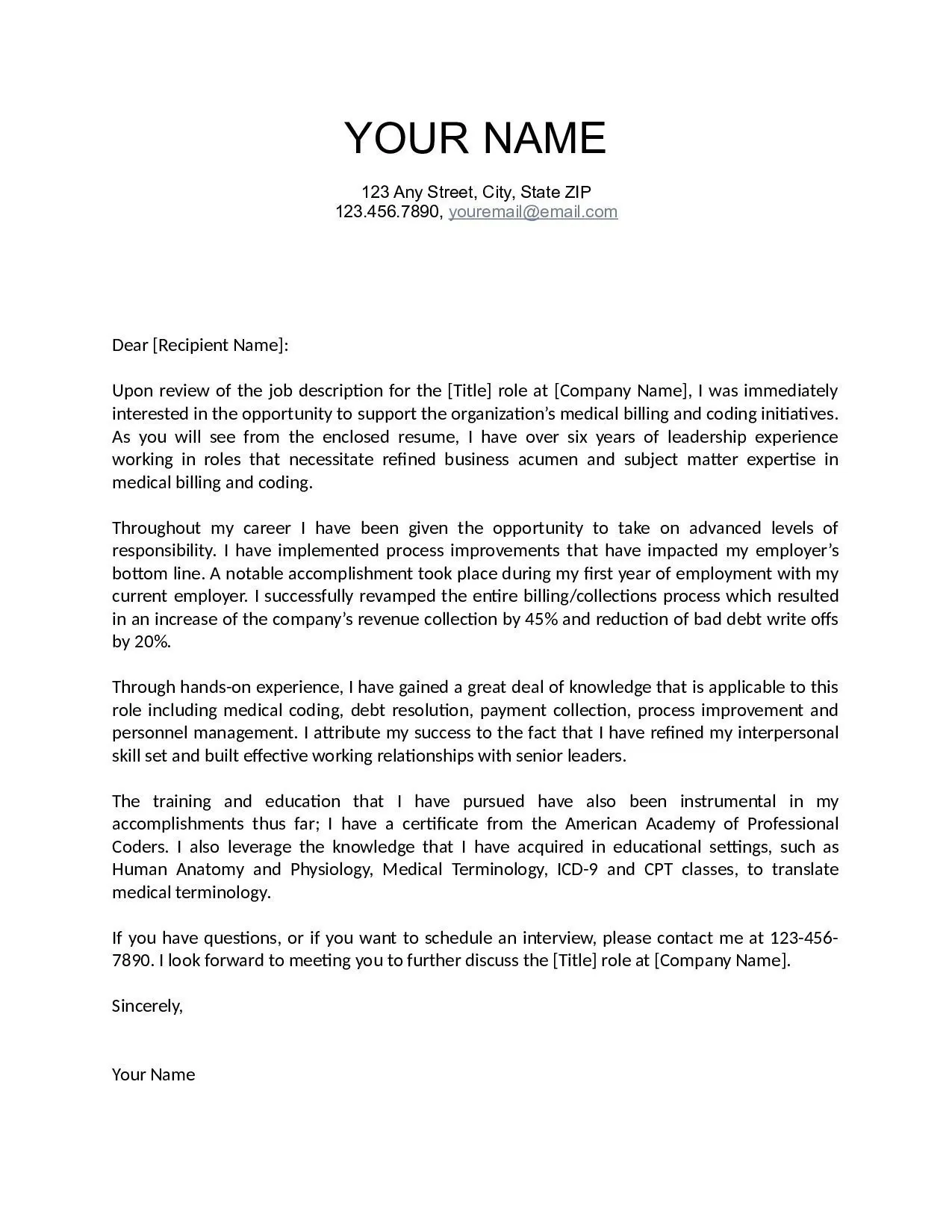Why a Standout Cover Letter is Crucial
In today’s competitive job market, a cover letter that truly stands out is no longer optional it’s essential. Think of it as your personal introduction, a chance to make a memorable first impression that a simple resume can’t achieve. While your resume provides a snapshot of your qualifications, the cover letter offers a narrative a story that highlights your personality, passion, and how your skills align with the specific role and company. It’s your opportunity to connect with the hiring manager on a deeper level and demonstrate why you are the perfect fit beyond just listing your past experiences.
The Importance of First Impressions
First impressions matter immensely, especially in the context of a job application. Your cover letter is often the first piece of your application that a hiring manager will read. A well-crafted cover letter immediately captures attention, demonstrating your professionalism and genuine interest in the opportunity. It showcases your writing skills, communication style, and ability to articulate your value proposition. A poorly written or generic cover letter, on the other hand, can quickly lead to your application being discarded, even if your qualifications are impressive. The opening paragraph is key get their attention and keep them reading.
What Recruiters Look For
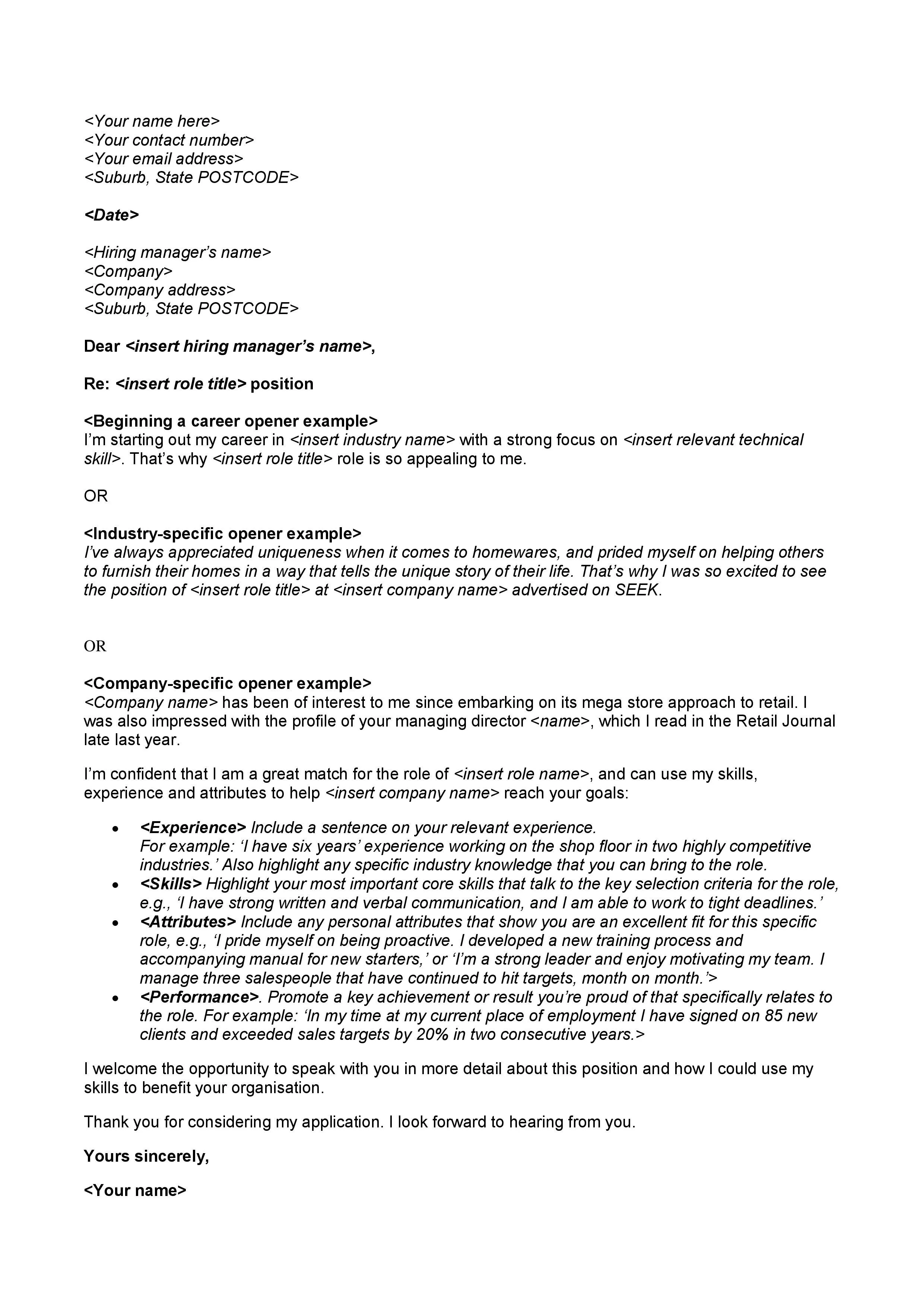
Recruiters and hiring managers look for more than just a list of skills and experiences they want to see a cohesive narrative that shows how you fit into their company’s culture. They seek a clear demonstration of your understanding of the role, the company’s needs, and how you can contribute to their success. They look for evidence of your ability to communicate effectively, your enthusiasm for the opportunity, and your attention to detail. A standout cover letter should convey a sense of your personality, passion, and your eagerness to learn and grow within the organization.
Crafting a Compelling Cover Letter
Writing a compelling cover letter involves a strategic approach that goes beyond simply reiterating your resume. It requires thoughtful planning, research, and a keen understanding of the job requirements and the company’s values. This section will guide you through the key elements of creating a cover letter that will make a lasting impact.
Understanding the Job and Company
Before you start writing, thoroughly analyze the job description. Identify the key skills, experiences, and qualifications that the employer is seeking. Research the company to gain insights into its mission, values, culture, and recent achievements. Understanding the job requirements and the company’s goals is essential for tailoring your cover letter to specifically address their needs and expectations. This demonstrates your genuine interest and proactive approach.
Researching the Company Culture
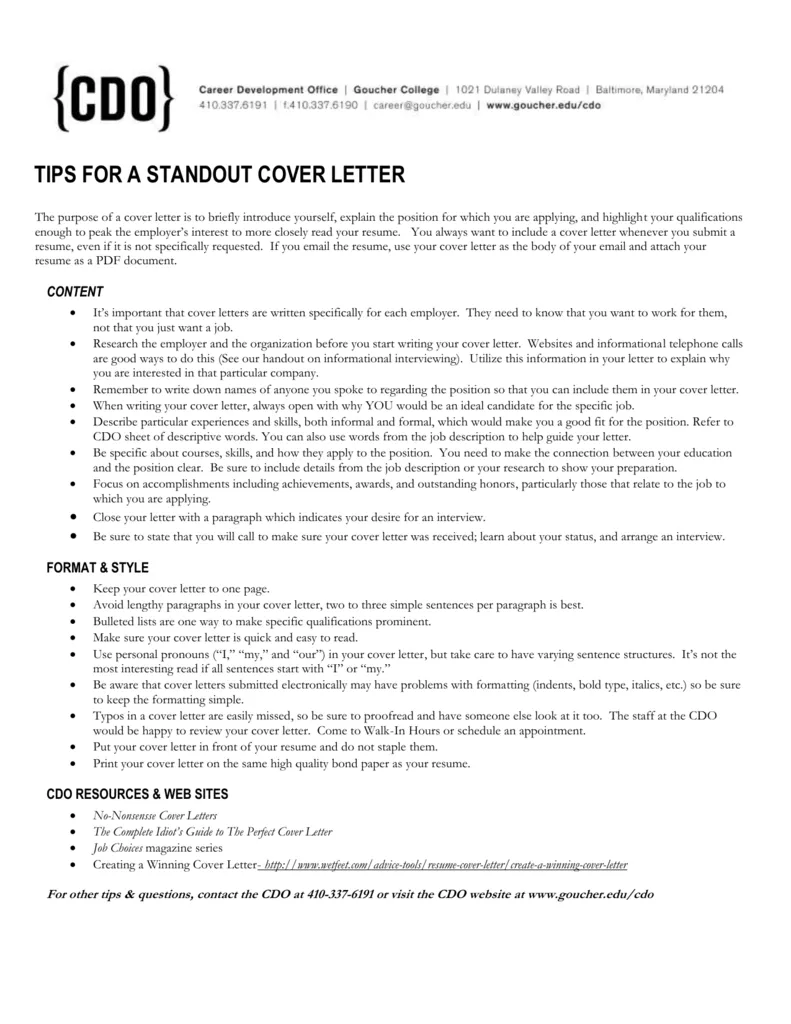
Delve deeper into the company’s culture by exploring its website, social media profiles, and any recent news articles or press releases. Look for information about its values, work environment, and employee testimonials. This research will help you personalize your cover letter, aligning your skills and experiences with the company’s specific needs and demonstrating your understanding of their unique culture. A genuine connection to the company’s values can greatly increase your chances of standing out.
Tailoring Your Cover Letter to the Role
Avoid sending generic cover letters. Customize each letter to match the specific job you’re applying for. Use keywords from the job description, and highlight the relevant skills and experiences that demonstrate your suitability for the role. Clearly articulate how your qualifications align with the job requirements and how you can contribute to the company’s success. Show the hiring manager you’ve put in the time and effort to understand their needs.
Highlighting Relevant Skills and Experiences
Focus on the skills and experiences that are most relevant to the job description. Use specific examples to illustrate your abilities and accomplishments. Don’t just list your skills showcase how you’ve applied those skills in past roles and the results you achieved. This demonstrates that you not only possess the necessary skills but also have a proven track record of success.
Showcasing Your Accomplishments
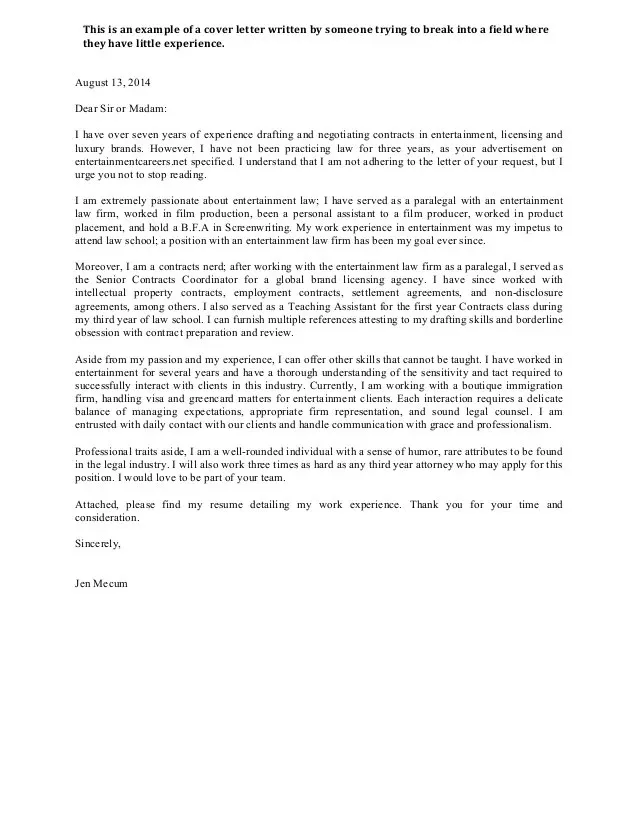
Go beyond simply describing your responsibilities. Quantify your accomplishments whenever possible. Use numbers, data, and statistics to demonstrate the impact you’ve made in previous roles. For example, instead of saying ‘Managed social media accounts’, say ‘Increased social media engagement by 30% within six months.’ This level of detail provides concrete evidence of your value and abilities.
Quantifying Your Achievements
Provide specific examples of how you have used your skills to solve problems or improve processes. Quantify your achievements with numbers, percentages, or data to illustrate the impact you made. For example, instead of saying ‘Improved customer satisfaction’, say ‘Increased customer satisfaction scores by 15% through implementing a new feedback system.’ This shows you’re results-oriented and can deliver tangible results.
Structuring Your Cover Letter for Impact
A well-structured cover letter is easy to read and effectively conveys your key messages. It should follow a logical flow, with each paragraph serving a specific purpose. Here’s a breakdown of the essential components of a compelling cover letter.
The Opening Paragraph That Grabs Attention

The opening paragraph is your opportunity to make a strong first impression. Start with a hook that immediately grabs the reader’s attention. Clearly state the position you’re applying for and how you learned about the opportunity. Briefly highlight your key qualifications or a significant achievement that aligns with the job requirements. This will set the tone for the rest of your letter.
The Body Paragraphs Building Your Case
The body paragraphs should expand on your key qualifications and experiences. Use specific examples to demonstrate how your skills and accomplishments align with the job requirements. Highlight your relevant skills and experiences, quantifying your achievements whenever possible. Use action verbs to showcase your capabilities, and tailor each paragraph to the specific needs of the job and company.
The Closing Paragraph Call to Action
Conclude your cover letter with a strong call to action. Reiterate your interest in the position and the company. Express your enthusiasm for the opportunity and restate how your skills and experience align with the job requirements. Thank the hiring manager for their time and consideration, and clearly state your availability for an interview.
Formatting and Presentation
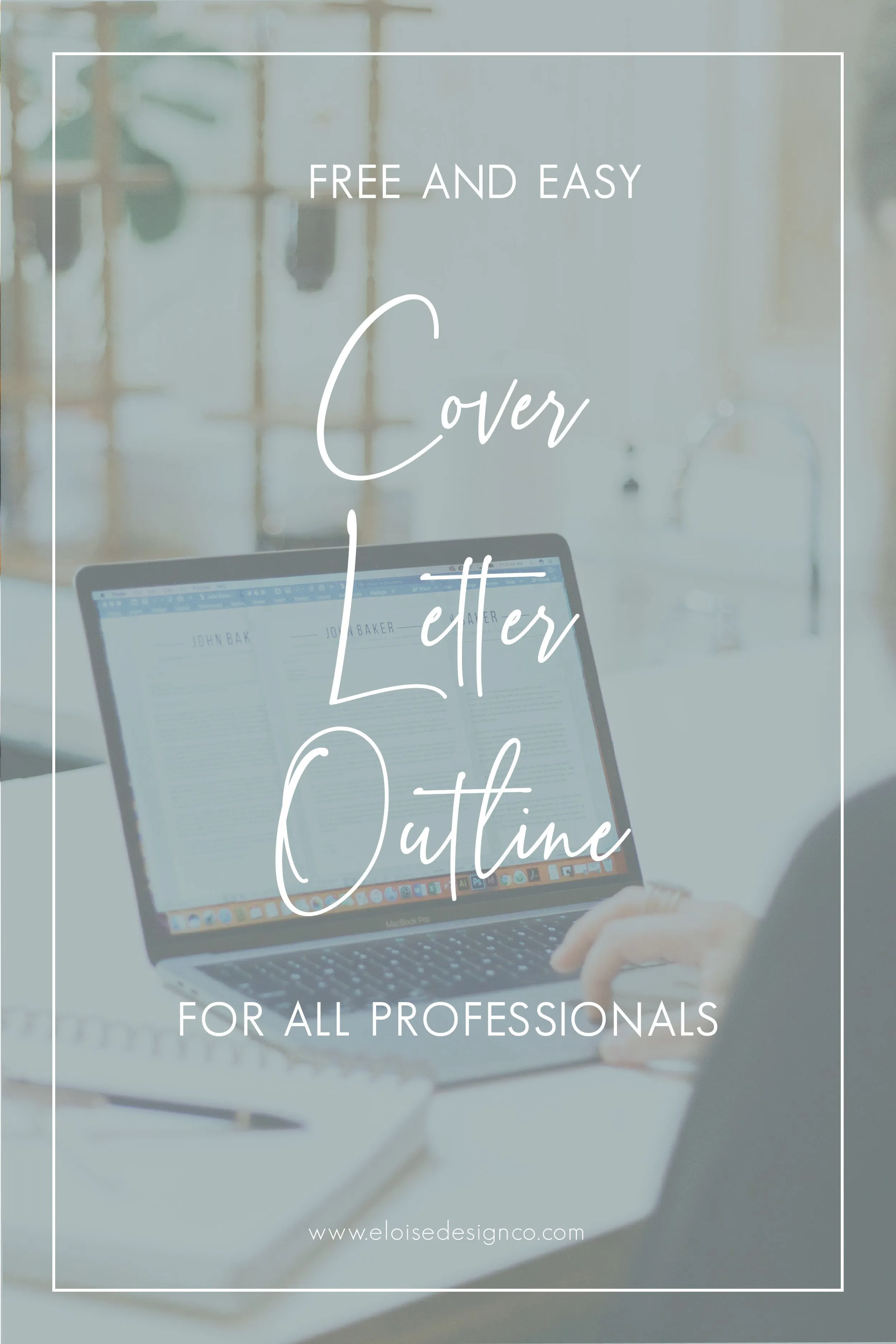
The format and presentation of your cover letter are just as important as its content. A well-formatted cover letter is easy to read and makes a positive impression on the reader. Here’s what to consider.
Choosing the Right Font and Style
Select a professional and easy-to-read font, such as Times New Roman, Arial, or Calibri. Use a font size of 10-12 points. Maintain consistent formatting throughout your cover letter, including margins, spacing, and bullet points. Use clear headings and subheadings to organize the information and make it easy to scan.
Proofreading and Editing
Before submitting your cover letter, carefully proofread it for any errors in grammar, spelling, and punctuation. Ask a friend or colleague to review your letter as well. Errors can undermine your credibility and make a negative impression on the hiring manager. Pay close attention to detail and ensure that your cover letter is polished and professional.
Common Cover Letter Mistakes to Avoid
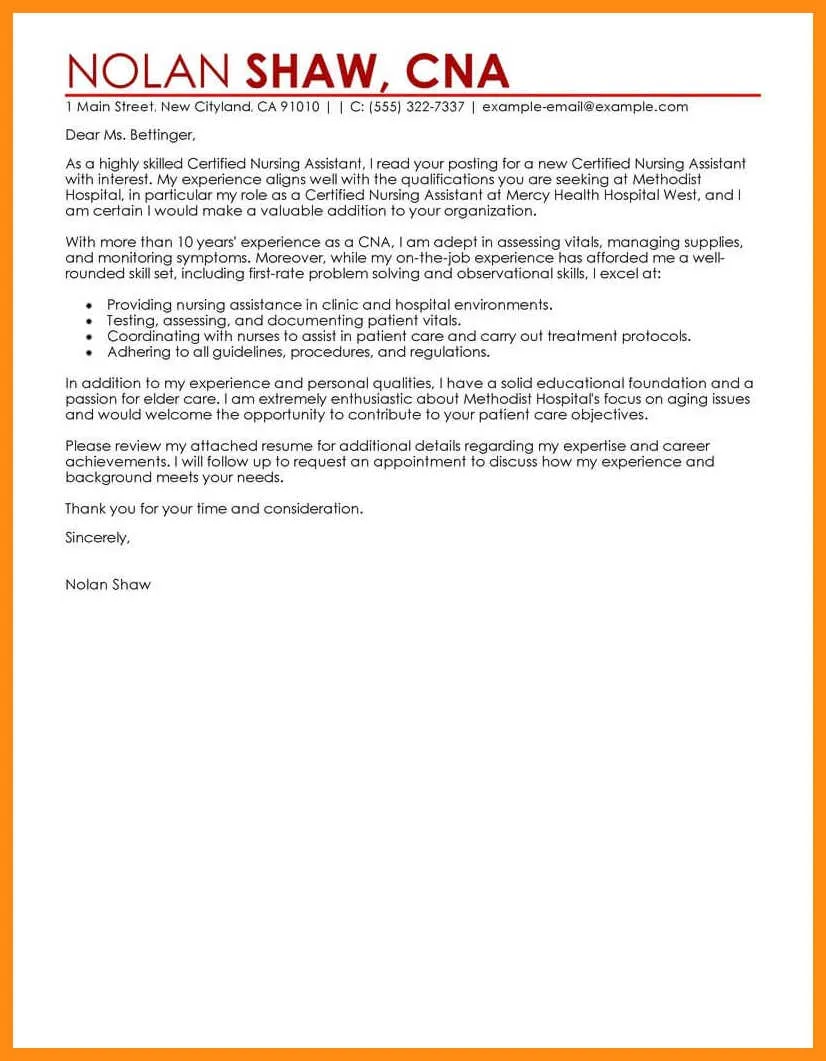
Avoiding common mistakes can significantly improve the effectiveness of your cover letter. Here are some pitfalls to watch out for.
Generic and Vague Statements
Avoid using generic and vague statements that could apply to any job. Instead, provide specific examples and tailor your cover letter to the specific requirements of the role. Use action verbs and quantify your accomplishments to make your statements more impactful. Show, don’t tell, the hiring manager about your skills and abilities.
Focusing on What You Want (Not What They Need)
While it’s important to express your interest in the position, the primary focus of your cover letter should be on how you can contribute to the company’s success. Highlight your skills and experiences that align with the job requirements and demonstrate how you can solve the company’s problems. Show that you understand their needs and how you can help them achieve their goals.
Ignoring the Job Description
Failing to address the specific requirements outlined in the job description is a major mistake. Carefully review the job description and tailor your cover letter to highlight the relevant skills, experiences, and qualifications that the employer is seeking. Using keywords from the job description can also help your application get past applicant tracking systems (ATS).
Tips for Different Job Types
The approach to writing a cover letter can vary depending on the type of job you are applying for. Here’s some tailored advice.
Cover Letters for Entry-Level Positions
If you’re applying for an entry-level position, emphasize your transferable skills, education, and any relevant internships or volunteer experiences. Highlight your enthusiasm for the industry and your willingness to learn. Show your potential and demonstrate your eagerness to contribute. Your cover letter should focus on your potential rather than extensive work history.
Cover Letters for Experienced Professionals
For experienced professionals, focus on your key accomplishments and the impact you’ve made in previous roles. Quantify your achievements and demonstrate your expertise. Tailor your cover letter to highlight the specific skills and experiences that align with the job requirements. Showcase your leadership abilities and provide examples of how you have successfully managed projects or teams.
Cover Letters for Career Changes
If you’re changing careers, focus on your transferable skills and how they can be applied to the new role. Highlight any relevant experiences, even if they’re from a different industry. Explain your motivation for the career change and demonstrate your enthusiasm for the new field. Address any gaps in your experience and showcase your eagerness to learn and adapt.
Leveraging Keywords for Applicant Tracking Systems
Many companies use Applicant Tracking Systems (ATS) to screen resumes and cover letters. To ensure your application gets noticed, incorporate keywords from the job description into your cover letter. Identify the key skills, qualifications, and responsibilities listed in the job posting, and use those terms naturally throughout your letter. This can increase the chances of your application being selected for review.
Optimizing Your Cover Letter
Optimizing your cover letter involves paying close attention to detail and ensuring that it effectively communicates your value proposition. Consider these key aspects.
Including Keywords from the Job Description
Carefully review the job description and identify the key skills, experiences, and qualifications that the employer is seeking. Integrate these keywords naturally into your cover letter. This will help your application pass through applicant tracking systems (ATS) and capture the attention of hiring managers.
Cover Letter Examples That Get Results
Studying successful cover letter examples can provide valuable insights into how to write a compelling letter. Look for examples that are tailored to specific industries and job types. Analyze the structure, language, and tone of the examples to learn how to effectively communicate your skills and experiences. Adapt the examples to your own situation, making sure to personalize them to reflect your unique background and goals.
Learning From Successful Cover Letters
When reviewing examples, pay attention to how the writers highlight their achievements, quantify their results, and tailor their letters to the specific requirements of the job. Notice how they use action verbs and demonstrate their understanding of the company’s needs. Use these successful examples as a foundation to craft your own compelling cover letter, but always ensure that your letter reflects your unique personality and qualifications.
Where to Find Cover Letter Templates
Online resources offer a variety of cover letter templates that can serve as a starting point. Websites like Indeed, LinkedIn, and Resume.io provide professionally designed templates that you can customize to your needs. While templates can be helpful, make sure to personalize them and tailor them to each job you apply for. Avoid using a generic template without making significant changes to reflect your unique skills and experiences.
Final Thoughts on Cover Letter Success
Writing a winning cover letter is an investment in your career. By taking the time to research, plan, and craft a compelling letter, you increase your chances of landing an interview and ultimately securing your dream job. Remember to focus on the specific requirements of the role, tailor your letter to each application, and highlight your unique skills and accomplishments. Proofread carefully and always present a professional and polished document.
The Key to a Winning Cover Letter
The key to a winning cover letter is to create a narrative that grabs attention, demonstrates your value, and shows why you are the perfect fit for the role. Focus on the employer’s needs and showcase your skills, experiences, and accomplishments in a way that is both engaging and informative. By following these tips and tailoring your cover letter to each opportunity, you can significantly increase your chances of success and stand out from the competition.
